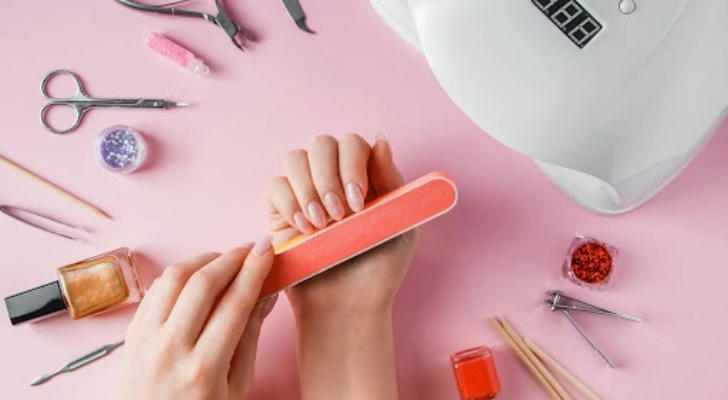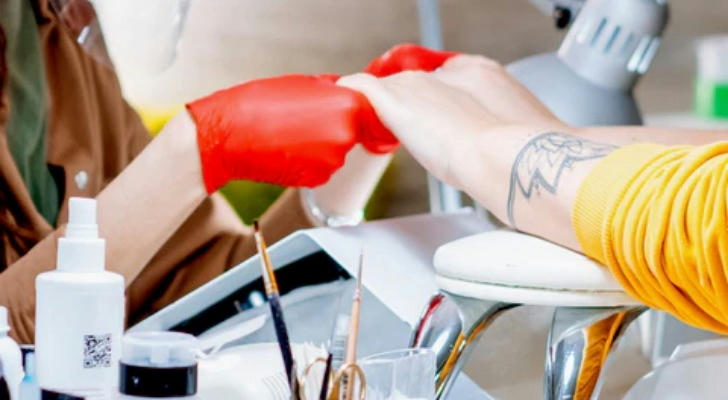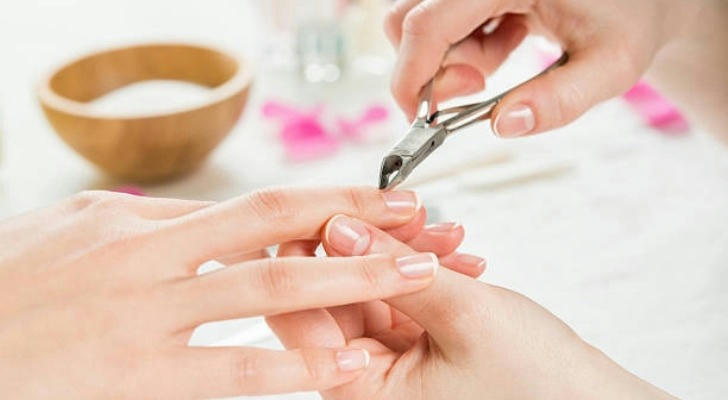Cuticle Care Do’s and Don’ts
Cuticles are a small but essential part of nail health. Although they may seem insignificant, these thin strips of skin at the base of the nail protect the new growth underneath. Understanding how to properly care for cuticles can help prevent infections, maintain healthy nails, and enhance the appearance of hands. This guide provides practical do’s and don’ts to help anyone take better care of their cuticles — without overcomplicating the routine.

What Are Cuticles, and Why Do They Matter?
Cuticles serve as a protective barrier between the nail matrix (where new nail cells form) and the outside environment. By sealing off this area, they reduce the risk of bacteria, fungi, and irritants entering the skin and causing damage. When cuticles are healthy and intact, they support healthy nail growth and help prevent painful conditions like paronychia (a common nail infection).
Do: Keep Cuticles Moisturized
Just like skin on the hands and face, cuticles need hydration. Dry cuticles can become cracked or peel, increasing the risk of infection. Regular use of cuticle oil or a gentle hand cream helps maintain elasticity and prevents dryness. Look for products that contain natural oils like jojoba, almond, or vitamin E.
Tip: Apply cuticle oil before bed so it has time to absorb overnight.
Don’t: Cut or Trim Cuticles Aggressively
Cutting the cuticle may seem like a quick fix for a neat appearance, but it can lead to more harm than good. Removing too much can expose the nail matrix to bacteria and cause infections, inflammation, or slow nail growth. Most dermatologists and licensed nail professionals recommend pushing cuticles back gently rather than cutting them.
Important Note: In many professional settings, pushing back cuticles with a sanitized tool is preferred over cutting.
Do: Soften Cuticles Before Grooming
Before any grooming, it's helpful to soak the hands in warm water for a few minutes. This softens the cuticles, making them easier to push back without causing damage. After soaking, a wooden or rubber-tipped pusher can be used to gently guide the cuticle back along the nail plate.
Caution: Avoid using metal tools too forcefully, as they can scratch the nail surface or tear the skin.
Don’t: Pick, Bite, or Tear Cuticles

Some people pick or bite their cuticles out of stress or habit, but this can result in painful wounds and lead to infection. Broken skin around the nail can become red, swollen, or filled with pus, especially if exposed to water or dirt. If cuticle picking is habitual, using a fidget tool or applying a bitter-tasting polish may help break the cycle.
Do: Use Clean Tools Every Time
Sanitation is crucial in cuticle care. Whether using tools at home or in a salon, they should be cleaned before and after each use. This reduces the risk of spreading bacteria or fungi and keeps the skin safe from irritation or infections. Tools can be wiped down with isopropyl alcohol or soaked in a disinfectant solution.
Don’t: Skip Sun Protection for Hands
Most people remember sunscreen for their face but forget the hands. Exposure to UV rays can lead to premature aging of the skin, including the cuticles. When outdoors, especially during sunny months, applying sunscreen to the backs of the hands and around the nails can help protect the skin from damage and dryness.
Do: Watch for Signs of Infection
Healthy cuticles should look smooth, intact, and slightly pink. If redness, swelling, pain, or pus develops around the nail, it could be a sign of infection. In such cases, it’s best to avoid any further grooming and consult a healthcare provider. Catching infections early helps prevent more serious issues.
According to the American Academy of Dermatology, signs of nail infections can include nail discoloration, separation from the nail bed, and thickening — all of which may begin at or around the cuticle.
Don’t: Use Harsh Chemicals Without Protection
Cleaning products, acetone-based polish removers, and other harsh chemicals can strip the skin of natural oils and damage cuticles. Wearing gloves when cleaning or using products with strong chemicals can help preserve moisture and prevent irritation.
For those who regularly remove nail polish, choosing non-acetone removers may be gentler on both nails and cuticles.
Creating a Simple Cuticle Care Routine
Caring for cuticles doesn’t need to be time-consuming or expensive. A basic routine can be as simple as:

- Washing hands with gentle soap.
- Applying cuticle oil or cream daily.
- Pushing back softened cuticles once a week (after a warm soak).
- Avoiding trimming unless directed by a professional.
- Wearing gloves during cleaning or gardening.
- Applying hand cream and sunscreen regularly.
Final Thoughts
Cuticle care is a small but essential part of nail maintenance. It’s not about achieving a “perfect” manicure every day but about keeping the nail area healthy, clean, and protected. By understanding the do’s and don’ts of cuticle care, anyone can reduce the risk of common nail problems and support natural nail growth.
While nail trends may change, the need for healthy cuticles remains constant. Building good habits around cuticle care today can lead to stronger, healthier nails in the long run.
Sources:
- American Academy of Dermatology Association (aad.org)
- Mayo Clinic: Nail care basics
- U.S. Centers for Disease Control and Prevention (CDC): Nail hygiene and infection prevention
